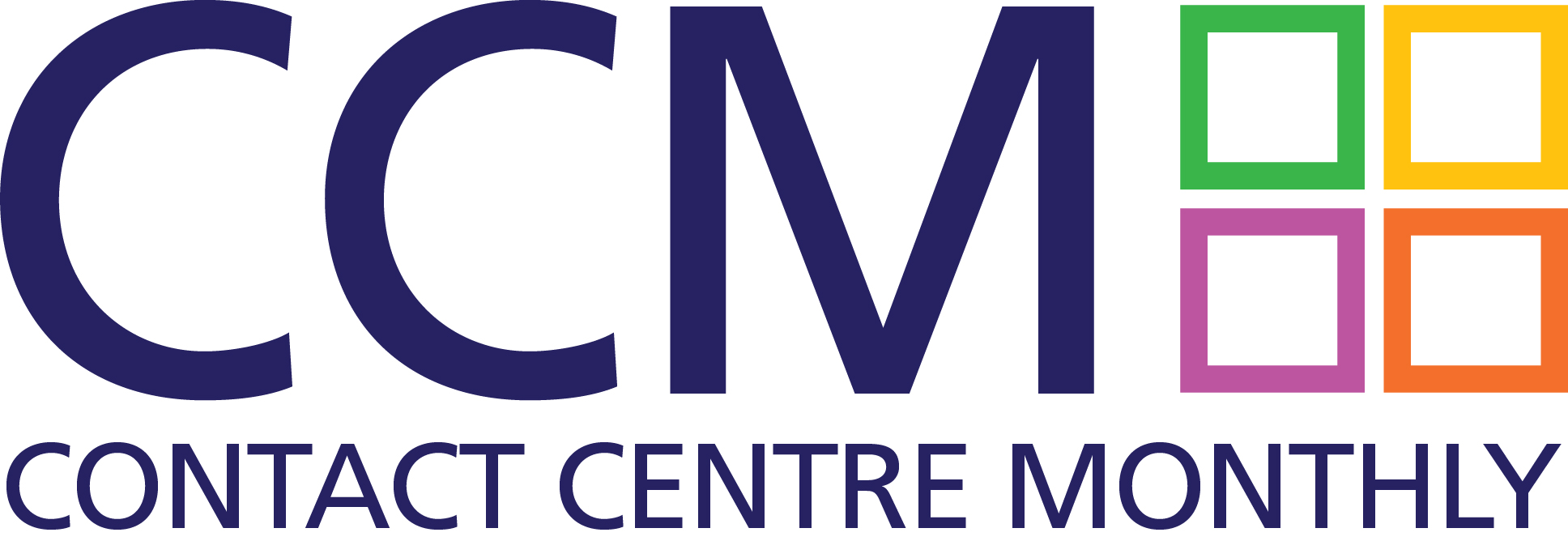You Can’t Manage What You Can’t Measure
Email has been a means of communication between consumers and businesses for over 20 years, yet we still come across examples of how not to do it. My favourite “email fail” is the shared inbox.
Many organisations have a simplistic approach to email – the shared inbox in Outlook. Whilst this is certainly a simple and cost-effective way of enabling their contact centre to handle emails quickly, it actually gives rise to more problems than it solves.
Firstly, there’s no reporting, so contact centres have no idea how many emails they process per hour, or even per day. They don’t know how long it takes their agents to respond to customer enquiries, which in turn means they have no idea what level of service they’re actually providing. It also means they don’t know how many agents they really need to service the demand that’s been created. Of course, we all know you can’t manage what you can’t measure.
Not only that, but agents will sometimes look at an email and think, “Gosh, that looks a bit difficult.” That agent will then surreptitiously mark it as unread and move on to something a little easier. I’ve seen emails that were over a year old in the shared inbox of a contact centre before, as every agent has taken a look, decided they don’t want to do that one, and moved on.
It takes constant monitoring by supervisors to make this approach even half-way feasible. Surely there must be a better way?
Ensuring Emails are Taken Seriously
Well, modern contact centre systems manage emails in the same way as they do phone calls, albeit at a lower priority. Emails need to be assigned to agents just like phone calls, so that they can’t cherry-pick the easy ones, and so managers can see how long it takes them to handle the interactions.
And we can go even further to improve this. Consumers don’t expect instant responses to emails as quickly as they expect the phone to be answered. So, we can prioritise emails below phone calls to the point where the email is in danger of exceeding its SLA (Service-Level Agreement), at which point it can be prioritised above incoming phone calls.
We can interrupt agents who are busy with emails when a flood of web-chat requests or phone calls come in. We can even allow agents to park emails so they can return to them later, and report on everything they did, to ensure the contact centre has the measurements it needs to be managed properly.
Blending emails, voice calls, and even other channels like web-chat and outbound dialling can give significant performance benefits, typically between 5% and 10% depending on the mix of channels. A 5% saving in terms of staffing costs is a hefty amount, and can easily be used to justify the investment needed to bring email handling up to scratch.
Realising the Benefits of Technology
The demands of the modern consumer are harder to meet today than ever before, so your choice of contact centre technology is key to acquiring, developing, and retaining customers in the modern digital business landscape.
Callmedia is purpose-built to transform your contact centre agents’ capabilities by providing consistent information and clear communication through all those channels, differentiating your business from the competition.
Today, with more channels of communication available between your customers and contact centre, effectively routing, managing, and reporting on interactions are top priorities. And making sure your agents have the right technology at their disposal is key to achieving those priorities.
Callmedia also allows businesses to leverage a multi-channel communications approach, to streamline the operations of the contact centre, improve customer interactions, and deliver more meaningful and satisfying customer experiences.
Published with permission from original source: https://www.maintel.co.uk/resources-and-events/blogs/effective-email-management-is-key-to-contact-centre-success




